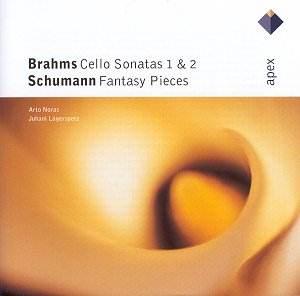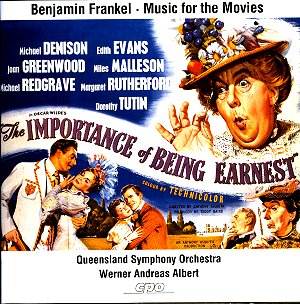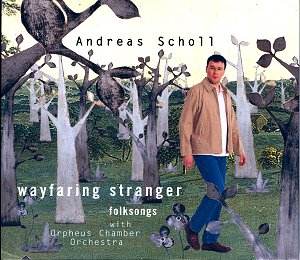 Composer: Johannes Brahms
Composer: Johannes Brahms
Works: Cello Sonata in E minor, Opus 38; Cello Sonata in F major, Opus 99; Robert Schumann, Fantasiestücke, Opus 73
Performers: Arto Noras (cello), Juhani Lagerspetz (piano)
Recording: Rec April 1996, Järvenpää Hall, Finland
Label: APEX 09274 05982
Johannes Brahms’s contributions to chamber music remain a cornerstone of the repertoire, particularly his cello sonatas, which reflect his profound understanding of instrumental color and texture. The two sonatas presented here—Opus 38 and Opus 99—demonstrate Brahms’s evolution as a composer, shifting from the more traditional structures of the earlier work to the innovative, dynamic interplay of instruments found in the latter. These sonatas not only showcase the technical capabilities of the cello but also illustrate the deep emotional landscapes that Brahms so masterfully constructs.
Arto Noras’s performance is noteworthy for its lyrical phrasing and robust tonal quality. His interpretation of Opus 38’s opening Allegro non troppo is marked by a broad, sweeping gesture that captures the thematic arch with both strength and sensitivity. The clarity of the melodic line reveals Brahms’s intricate counterpoint, which is sometimes overshadowed in less nuanced performances. Noras’s interpretation of the second sonata, Opus 99, introduces a vivaciousness that aligns perfectly with Brahms’s marked shift towards rhythmic intensity. The Allegro, defined by its Vivace marking, is handled with an infectious energy that propels the music forward, showcasing the partnership of cello and piano that Brahms envisioned.
The interplay between Noras and pianist Juhani Lagerspetz is commendable, although the recording slightly favors the cello, occasionally relegating the piano to a subordinate role. This imbalance may stem from Noras’s commanding stage presence, which sometimes eclipses the subtleties of Lagerspetz’s playing. Nevertheless, Lagerspetz provides a solid harmonic foundation, especially in the central movement of Opus 38, marked Allegretto quasi Menuetto. Here, the duo’s interplay becomes a delicate dance where the piano’s rhythmic pulse supports the cello’s lyrical lines. The recording quality itself enhances this dynamic, allowing the subtleties of the instruments to resonate clearly within the acoustic space of Järvenpää Hall.
The inclusion of Robert Schumann’s Fantasiestücke, Opus 73, serves as an insightful complement to the Brahms sonatas. Written during a tumultuous period in Schumann’s life, these pieces encapsulate his complex emotional landscape. Noras and Lagerspetz approach these works with a similar dedication to expressiveness, providing a refreshing interpretation that captures the nuanced textures of Schumann’s writing. The final piece, “Nicht zu schnell,” is delivered with a poignant sense of melancholy, showcasing the performers’ ability to convey the depth of feeling that characterizes Schumann’s late style.
Arto Noras and Juhani Lagerspetz have offered a compelling interpretation of Brahms’s cello sonatas, enriched by the inclusion of Schumann’s works. The performances are marked by a strong understanding of the repertoire’s historical context and an admirable technical prowess. Despite minor issues with balance in the recording, the overall quality and musical insight presented here render this album a significant addition to the discography of these masterpieces. The performances not only affirm the lasting power of Brahms and Schumann’s compositions but also provide a rewarding listening experience that resonates with both emotion and intellect.



